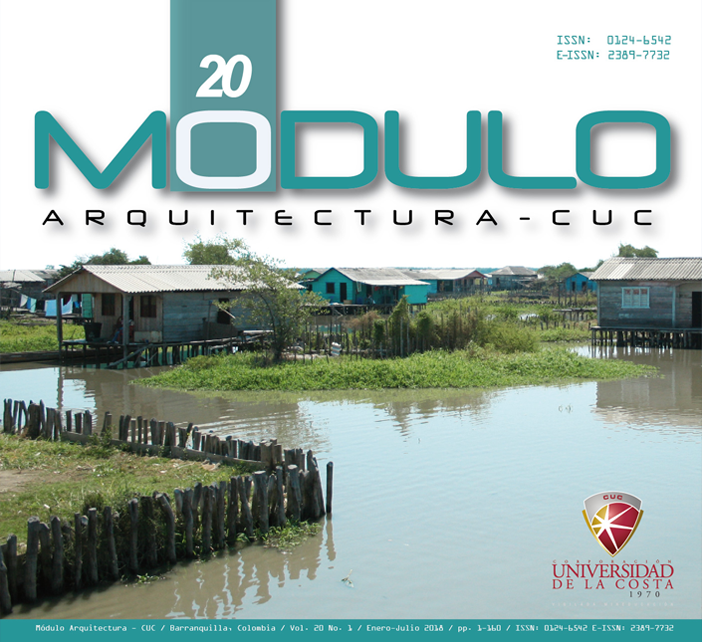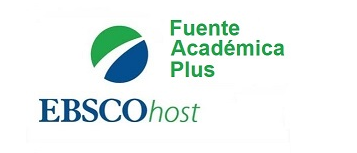Mangle; native species of the Carrillo swamp of the municipality of San Sebastián
DOI:
https://doi.org/10.17981/moducuc.20.1.2018.10Keywords:
Mangle; native species; swamp; agricultural strategies; environment; nursery., MangroveAbstract
The purpose of the present study it was to develop agricultural strategies in search of improving the growth process of the Mangle and other native species to repopulate the Carrillo swamp and achieve the implementation of a nursery. This proposal seeks to contribute to the conservation of the environment, through population education, and the proper management of natural resources. The research was carried out from a qualitative perspective, using the structured interview and the participant observation as a collection technique. The participating population was the educational community of San Sebastián Magdalena. As conclusions, it is inferred that the participants recognize the need to repopulate the carillo swamp and for this reason they are in the diagnostic phase and adaptation of resources for the classification of species and implement the nursery.
Downloads
References
Referencias
Álvarez, R. (2003). Los manglares de
Colombia y la recuperación de sus
áreas degradadas: revisión bibliográfica y nuevas experiencias.
Madera y Bosques, 9(1): 3-25.
Casas, O. (2002). Estado de los
manglares en Colombia año 2000.
Informe del Estado de los Ambientes
Marinos y Costeros en Colombia:
Año 2000. Santa Marta: Instituto de
Investigaciones Marinas y Costeras
INVEMAR.
Flores, F., Agraz, C. y Benítez, D. (2006).
Creación y restauración de ecosistemas de manglar: principios básicos.
En, P. Moreno-Casasola, R. Presbarbosa y A. Travieso-Bello (Eds.),
Estrategia para el Manejo Costero
Integral: El Enfoque Municipal.
(1093-1110). Xalapa: Instituto de
Ecología A.C., Comisión Nacional
de Áreas Naturales Protegidas.
GIZ (2011). Tipos de bosques y contexto
del mapeo de la cobertura forestal
en centroamérica y república dominicana. Ministerio federal de cooperación económica y desarrollo de
alemania. Recuperado de http://
www.reddccadgiz.org/documentos/
doc_1170376601.pdf
González, C. (2010). Manglares.
Puerto Rico: Sea Grant. Recuperado de http://academic.uprm.edu/
gonzalezc/HTMLobj-767/encumarmanglar.pdf
Linares, A. (2016). Manglares en Colombia.
El Tiempo. [Archivo]. Recuperado
de http://www.eltiempo.com/archivo/
documento/CMS-16617206
Martínez, M. (2006). La Investigación Cualitativa (Síntesis Conceptual). Revista
IIPSI 9(1). 123-146. Recuperado de
http://sisbib.unmsm.edu.pe/bvrevistas/
investigacion_psicologia/v09_n1/pdf/
a09v9n1.pdf
Mejía, L., Molina, M., Sanjuan, A., Grijalba, M.
y Niño, L. (2014). Bosque de manglar,
un ecosistema que debemos cuidar.
Cartagena: Universidad Jorge Tadeo
Lozano, Instituto Colombiano de Desarrollo Rural. Recuperado de http://observatorioirsb.org/cmsAdmin/uploads/
cartilla-manglar-28pg-(1)_001.pdf
Moreno, P. e Infante, D. (2016). Conociendo
los Manglares, las selvas inundables
y los humedales herbáceos. Veracruz:
Instituto de Ecología A.C. Recuperado
de http://www1.inecol.edu.mx/costasustentable/esp/pdfs/Publicaciones/
ManualManglaresYSelvasInundables.
República de Colombia. Ministerio de
Ambiente y Desarrollo Sostenible.
(2015). Plan Nacional de Restauración.
Restauración Ecológica, Rehabilitación y Recuperación de Áreas disturbadas. Minambiente. Recuperado
de http://www.minambiente.gov.co/
images/BosquesBiodiversidadyServiciosEcosistemicos/pdf/plan_nacional_
restauracion/PLAN_NACIONAL_DE_
RESTAURACIÓN_2.pdf
Rodríguez, L. y Meza, C. (2018). La construcción sostenible frente a la mitigación del cambio climático. Modulo
arquitectura-CUC, 21(1). 9-22.
http://dx.doi.org/10.17981/mod.arq.
cuc.18.2.2018.01
San Martín, D., Angarita, D. y Mercado,
J. (2016). Estructura y composición
florística del bosque seco tropical de
Sanguaré-Sucre (Colombia).Ciencia
en Desarrollo, 7(2). 43-56.
Spalding, M. Kainuma, M. & Collins,
L. (2010). Atlas Mundial de los
Manglares. Londres-Washington,
D.C.: Organización Internacional de
las Maderas Tropicales (OIMT), la
Sociedad Internacional de Ecosistemas de Manglar (ISME), la Organización de las Naciones Unidas
para la Agricultura y la Alimentación
(FA); el Centro Mundial de Vigilancia
de la Conservación de la Naturaleza del PNUMA (PNUMA-WCMC),
el Programa sobre el Hombre y la
Biosfera de la UNESCO (UNESCOMAB), el Instituto para el Agua, el
Medio Ambiente y la Salud de la
Universidad de las Naciones Unidas
(UNU-INWEH) y The Nature Conservancy.
Downloads
Published
How to Cite
Issue
Section
License
Copyright (c) 2018 Ricardo Santiago

This work is licensed under a Creative Commons Attribution-NonCommercial-NoDerivatives 4.0 International License.
CC Reconocimiento-NoComercial-SinObrasDerivadas 4.0



 English
English
 Español (España)
Español (España)






